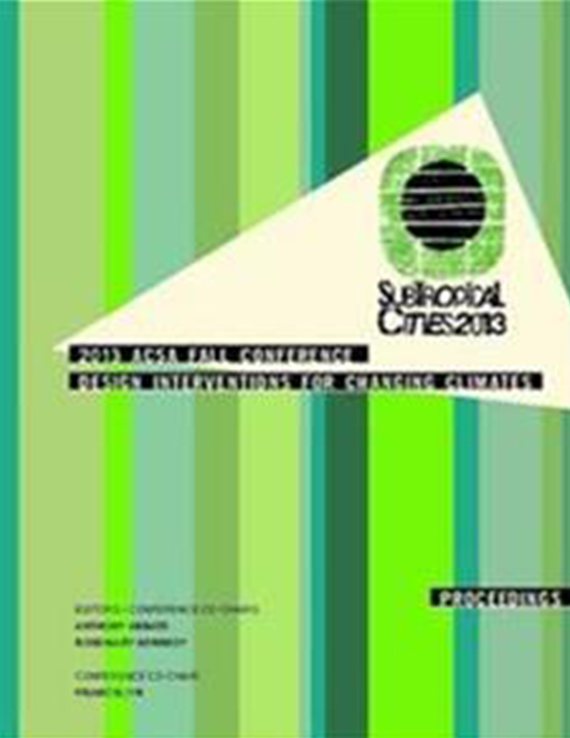Author(s): Daniel Butko, Kianoosh Hatami & Lisa Holliday
Most of society is probably aware that certain design decisions and construction practices in recent generations have not always been environmentally friendly and likely contradict the ever-growing public and private obligation to sustainability. Industry professionals, corporate researchers, community programs, and academic curricula have begun to embrace technology as a vehicle to formulate and compose better building practices and healthier materials, but sometimes historical methods of construction can be a catalyst for innovation and advancement. Various lost, misunderstood, or abandoned materials and methods throughout history can serve as viable options in today’s impasse of nature and mankind. Similar to the 19th century resurgence of concrete, there is a developing interest in earth as an architectural material capable of dealing with unexpected fluctuations and rising climate changes in various locales. Much can be learned by revisiting this type of building practice.When earth construction is discussed, most thoughts immediately gravitate toward kivas or adobe structures. The demographics and economic status of some earthen structure inhabitants have created stereotypes that influence what most people think of earthen architecture. There seems to be a stigma or connotation primarily associated with developing nations or poverty stricken areas and a popular misconception that earth is an inferior or unstable material. Most people do not realize there are methods of processing soils into a stable building material capable of a symbiotic relationship with various climatic and environmental conditions. The thermal mass of earth allows slow transfer of thermal energy unlike other building materials such as wood and metal stud framing and glazing components susceptible to thermal transfer. Earthen construction provides a natural method to balance temperature and humidity issues usually addressed by mechanical heating and cooling systems.Innovations using Compressed Earth Block (CEB) have been developed and researched over the past few decades and recently the collaborative focus of attention for faculty and students of various departments within The University of Oklahoma College of Architecture and College of Engineering. The team of students, community programs, and university faculty has joined together to prove the structural, thermal, economical, and acoustical value of CEB as a viable material for residential design. The result is a multidisciplinary research project to design and build a CEB residence in comparison to a conventionally wood-framed version of the same volume and layout on adjacent sites. This paper explores the collaborative nature of educating both students and society about the necessity for earth as an alternative building material within climatic variations, varied natural disasters, and increasing environmental concerns.
Volume Editors
Anthony Abbate, Francis Lyn & Rosemary Kennedy
ISBN
978-0-935502-90-9

 Study Architecture
Study Architecture  ProPEL
ProPEL 
